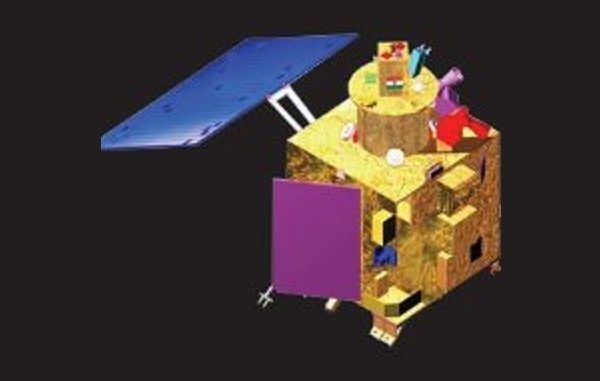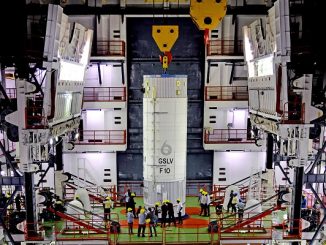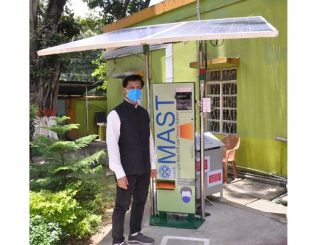
Sep 6: Disclosing this here today Dr Jitendra Singh said that ISRO’s maiden mission to the Moon has sent images which show that Moon may be rusting along the poles. The sign of this finding is that even though the surface of the Moon is known to have iron-rich rocks, it is not known for the presence of water and oxygen, which are the two elements needed to interact with iron to create rust, he said.
Scientists at the National Aeronautics and Space Administration (NASA) say that this could be because the Earth’s own atmosphere is lending a helping hand which, in other words, means that the Earth’s atmosphere could be protecting the Moon as well. Thus, the Chandrayaan-1 Moon data indicates that the Moon’s poles are home to water, this is what the scientists are trying to decipher.
Dr Jitendra Singh said, as for Chandrayaan-3 is concerned, the launch may now take place somewhere in early 2021. Chandrayaan-3 will be a mission repeat of Chandrayaan-2 and will include a Lander and Rover similar to that of Chandrayaan-2, but will not have an orbiter.
Meanwhile, preparations are going on for India’s first-ever Human Space Mission Gaganyaan, said, Dr Jitendra Singh. The training processes and other procedures are also in place.
Constraints due to the COVID pandemic led to some disruptions in the plan for Gaganyaan but efforts are going on to stick to the timeline of around 2022, he said.
Disclaimer: We donot claim that the images used as part of the news published are always owned by us. From time to time, we use images sourced as part of news or any related images or representations. Kindly take a look at our image usage policy on how we select the image that are used as part of the news.


